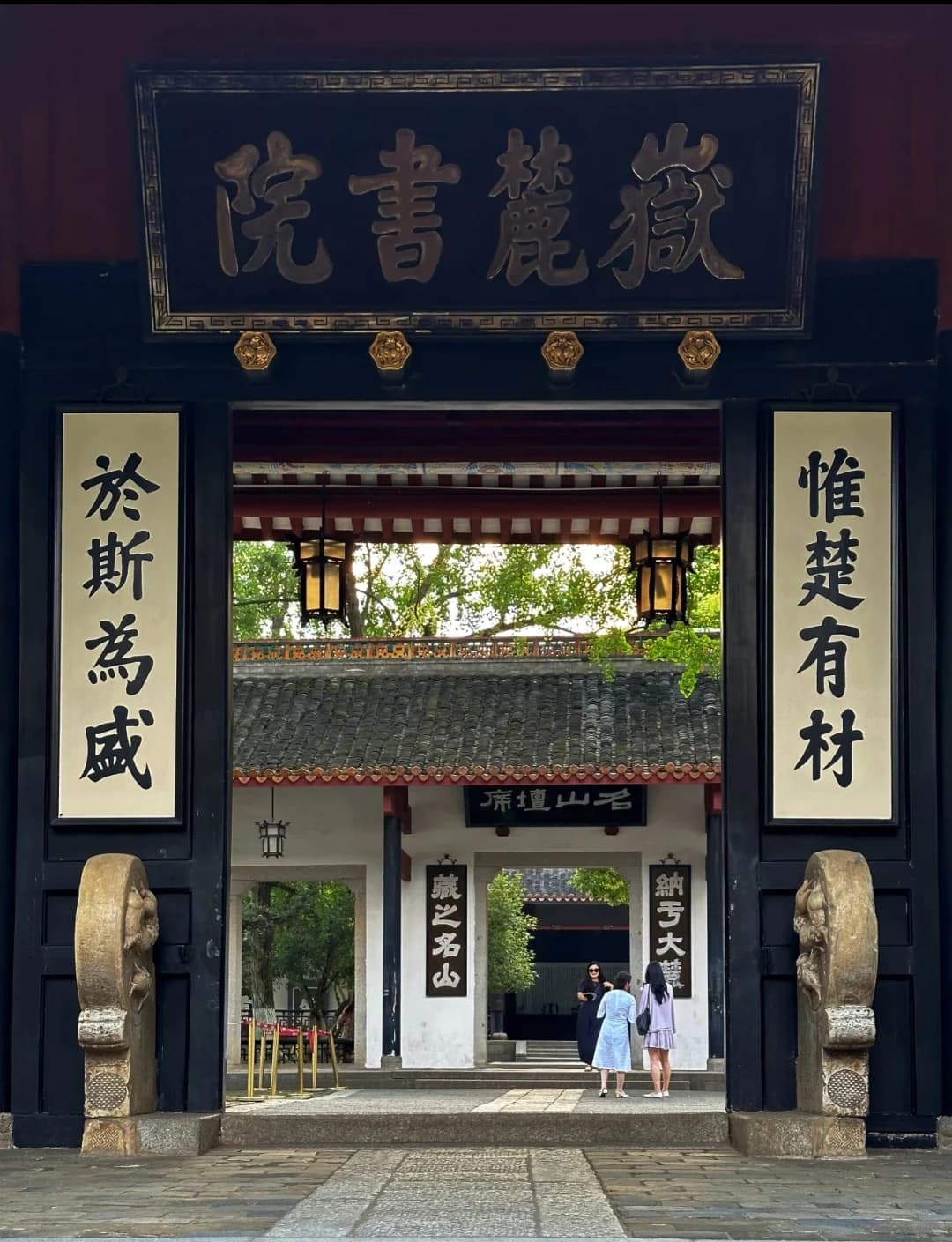Explore Taiping Street's culinary delights in Changsha, where you can indulge in delicious snacks like stinky tofu, fried skewers, and milk tea for less than 20 yuan per person, satisfying your cravings.
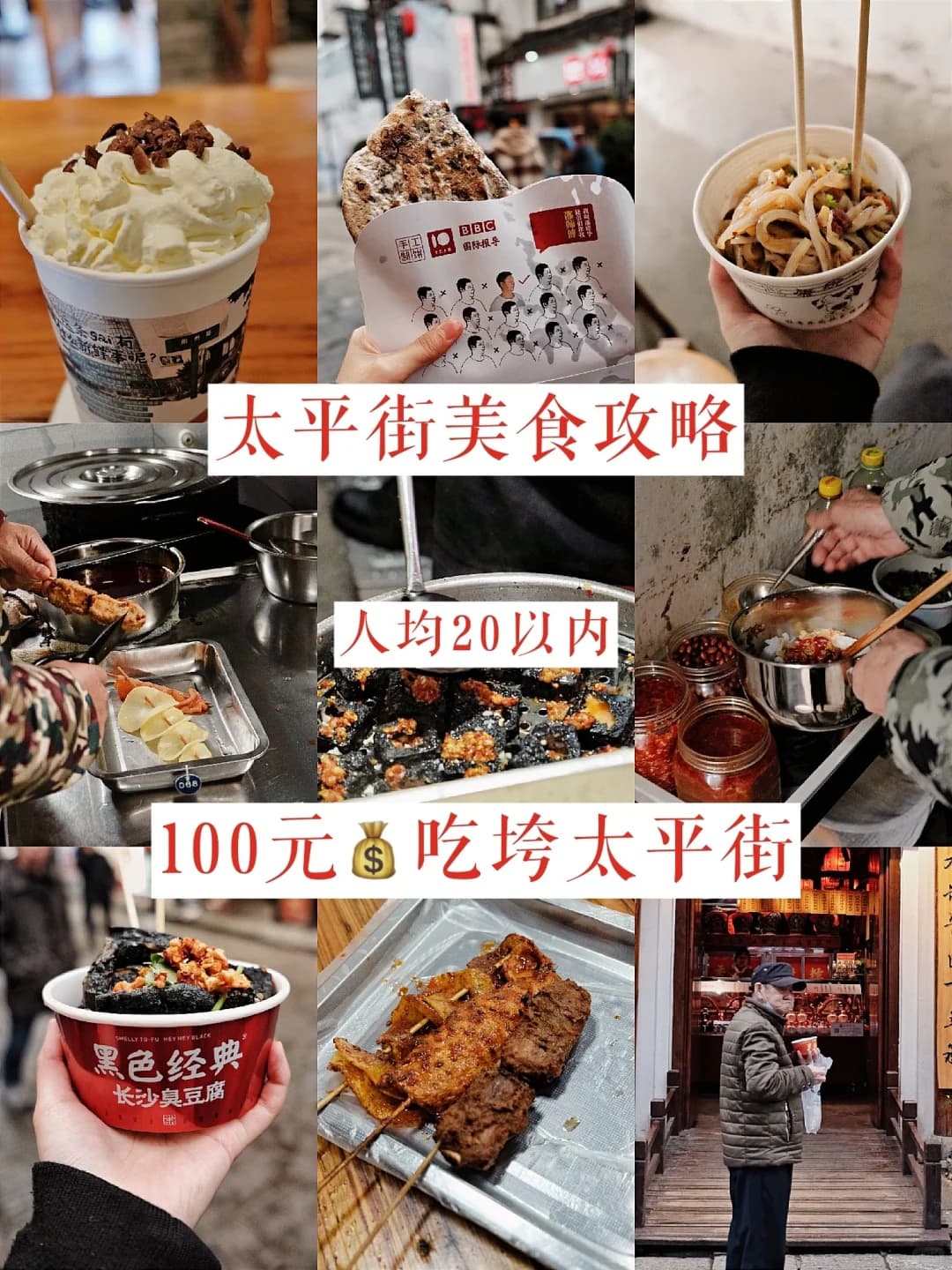
Last Friday, I spontaneously decided to head to Changsha by myself, arriving at the entrance of Yuelu Academy around 2 PM. I just wanted to wander around a bit, but accidentally signed up for a two-hour small group session called "Big Shot Talks." To my surprise, my phone's photo gallery and my brain were both overloaded by the end of the afternoon. I’ll lay out the most authentic itinerary from that day, including pitfalls, photo ops, and food options—all you need to do is follow along.
| Time | Location | What I Did | Notes |
|---|---|---|---|
| 14:00-14:10 | Academy Main Gate Ticket Square | Scanned code to buy ticket (40 yuan), grabbed audio guide | Gather 5 minutes early, stand at the front if it’s not crowded |
| 14:10-16:10 | Yuelu Academy | Followed the guide through 3 main themes | No backtracking, exits are single direction |
| 16:15-16:40 | Aiwan Pavilion | Crazy snap session of maple trees and the pavilion's reflection | Gets crowded after 5, so arrive early |
| 16:45-17:15 | Deng Gao Road Snack Street | “Old Man's Sugar Fried Dough Balls” + Tea Yan Yue Se | Cash or WeChat are fine, the line moves super fast |
The guide’s first words snapped me awake: “Today we’re not taking the textbook route; we’re walking the path that ancient students took to school.” The whole event really felt like I was time-traveling back to being an ancient student.
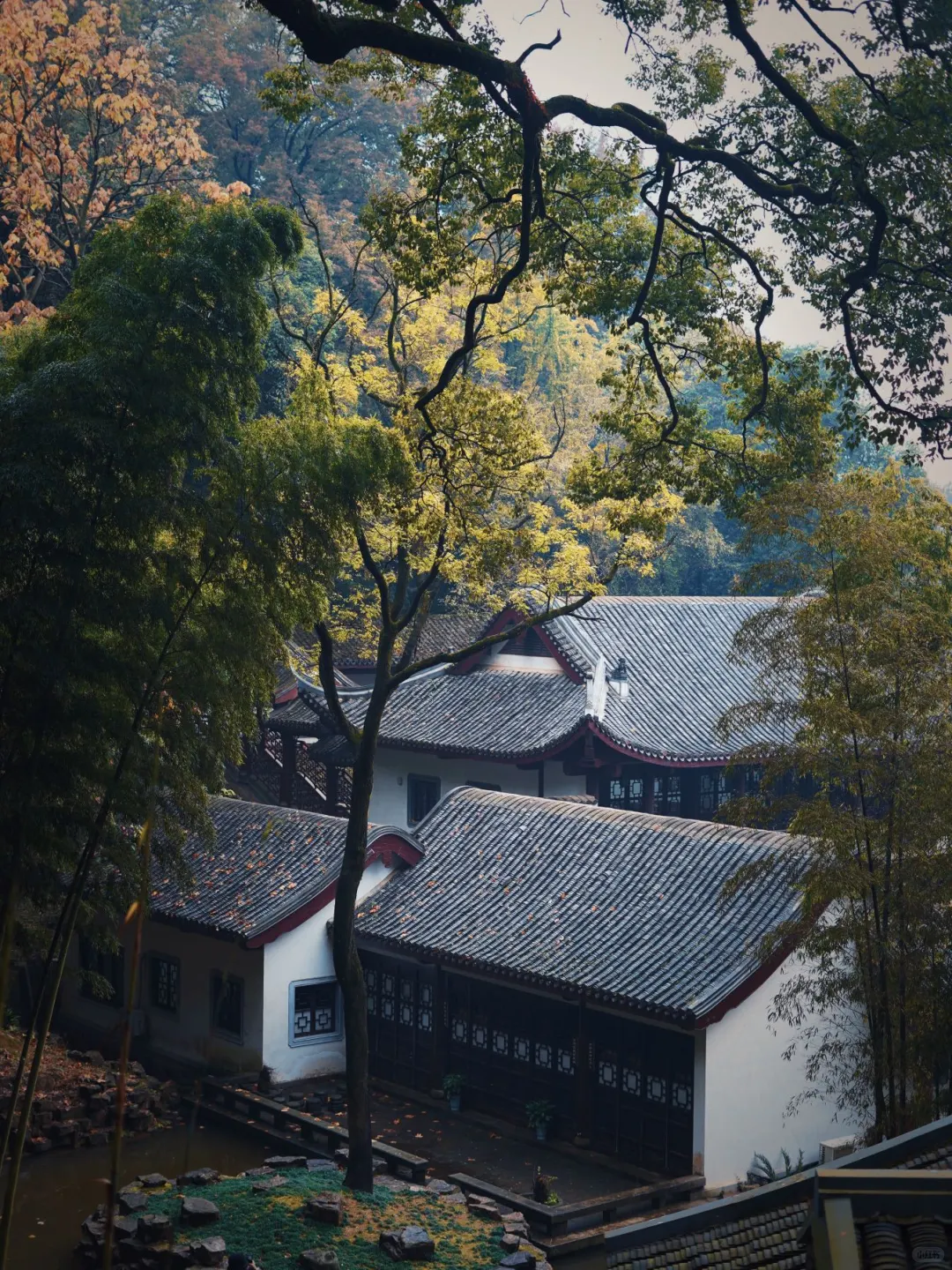
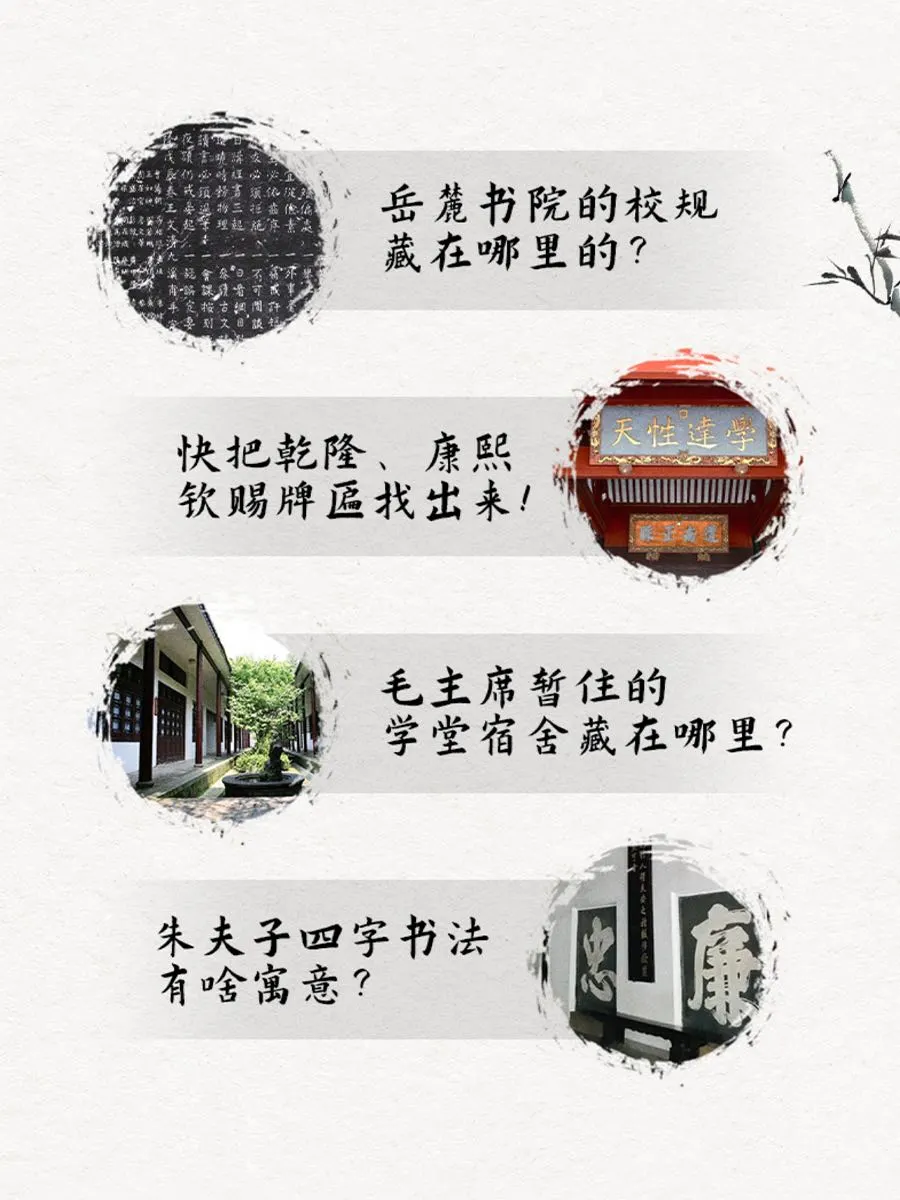
Around 4 PM the tour wrapped up, and the guide pointed out a little path, “Walk straight for 5 minutes, and you’ll find Aiwan Pavilion, no need to thank me.” I dashed over and sure enough, the pavilion was empty. Aiwan Pavilion isn’t very big, but the surrounding maple trees form a natural frame. Best shot: Stand on the third step, overlap the pavilion’s top with the tree branches, and shoot vertically for a great pic.
After that, I wandered out to the west gate, which leads directly to Hunan University’s “main campus.” There’s no gate, you can hop on a little electric scooter and just zoom into the campus. I recommend checking out these three spots:
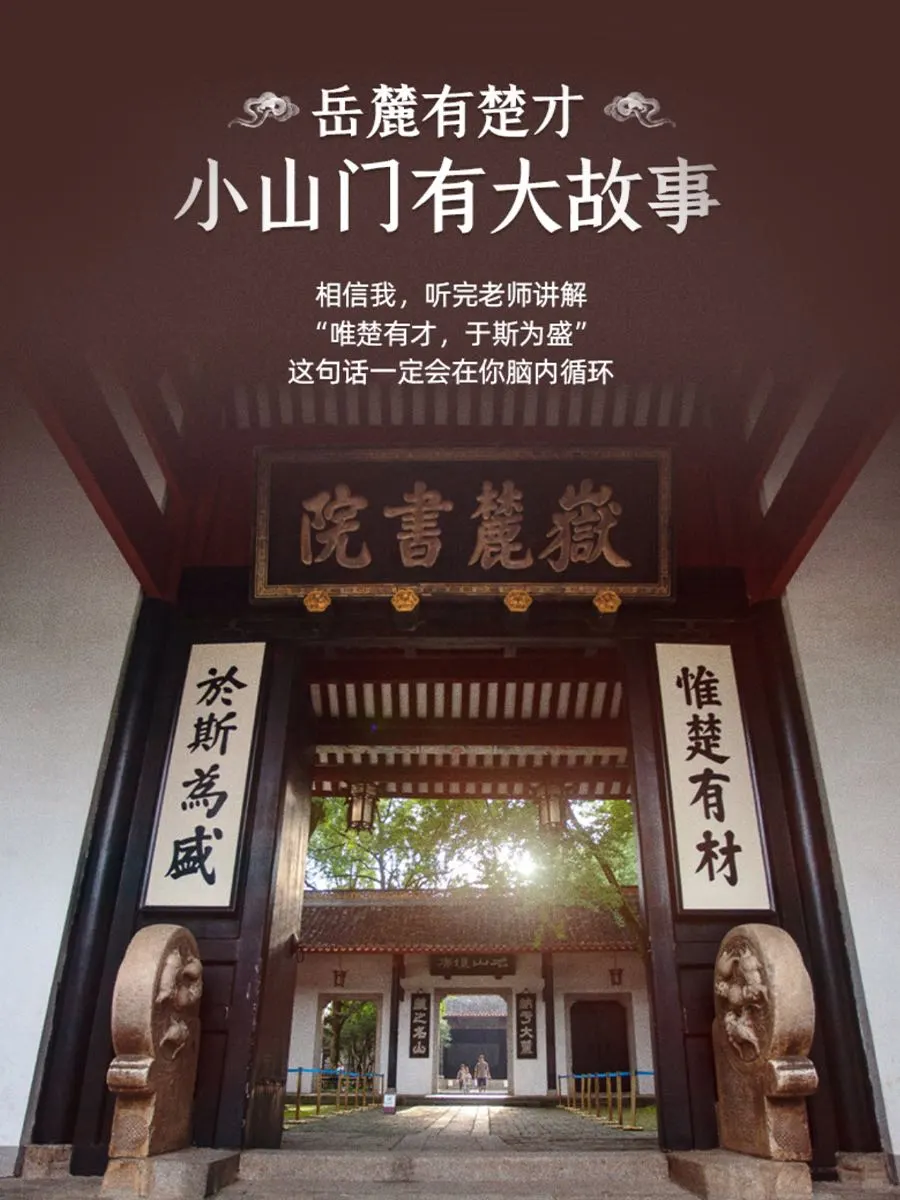
| Task | My Pitfall | What to Do Instead |
|---|---|---|
| Ticket Booking | I had to wait 10 minutes to buy on-site | Buy in advance on a mini-program/market to scan right in |
| Guide Reservation | Almost ended up in a group of 40 that was too noisy | Search for "Big Shot Talks Yuelu Academy" directly, 15-person small group + headset, so you can ask questions anytime |
| Photography Gear | I only had my phone, everything backlit was pitch black | Wide-angle + portrait dual lenses, use HDR for backlighting and you’re golden |
| Outfit | My light colored clothes blended into the red walls | Solid dark colors or Hanfu, they’ll pop against the red walls |
| Peak Return Time | Waited in line for 50 minutes for a taxi in the evening | Just walk 10 minutes to the Hunan University subway station; it’s less crowded and cheaper |
That’s how I spent an afternoon by myself with just a bag, walking from “Seek Truth from Facts” to “Parking and Sitting to Love the Maple Forest Evening,” with only 15% battery left on my phone, but my mind was filled with the knowledge of a thousand-year-old academy.
Discover the eight essential treasures of the Changsha Bamboo Slips Museum, including the Maolou Tax Document and the Xu Di Judicial Wood Slip. Come and explore these precious historical artifacts, and don't miss out on our special exhibitions!
A curated list of 22 cold noodle shops in Changsha · Part One (with locations). This guide explores various unique cold noodle establishments, evaluating their flavors, cleanliness, service, and more, offering recommendations for a delightful summer dining experience.
This article provides an in-depth travel guide to the Changsha Bamboo Slip Museum, covering address, opening hours, ticket information, and visitor tips. It highlights the museum's unique features and key artifacts while suggesting optimal routes for exploration, ensuring a fulfilling and meaningful experience for travelers.
Want to see more cultural experiences like this?
Follow ChinaTrip, explore the next destination, and discover more ways Chinese people travel.
Browse More ArticlesExplore Taiping Street's culinary delights in Changsha, where you can indulge in delicious snacks like stinky tofu, fried skewers, and milk tea for less than 20 yuan per person, satisfying your cravings.

This guide provides detailed insights on climbing Yuelu Mountain, highlighting the best routes, unique attractions, and transportation tips to enhance the visitor experience of this stunning location.
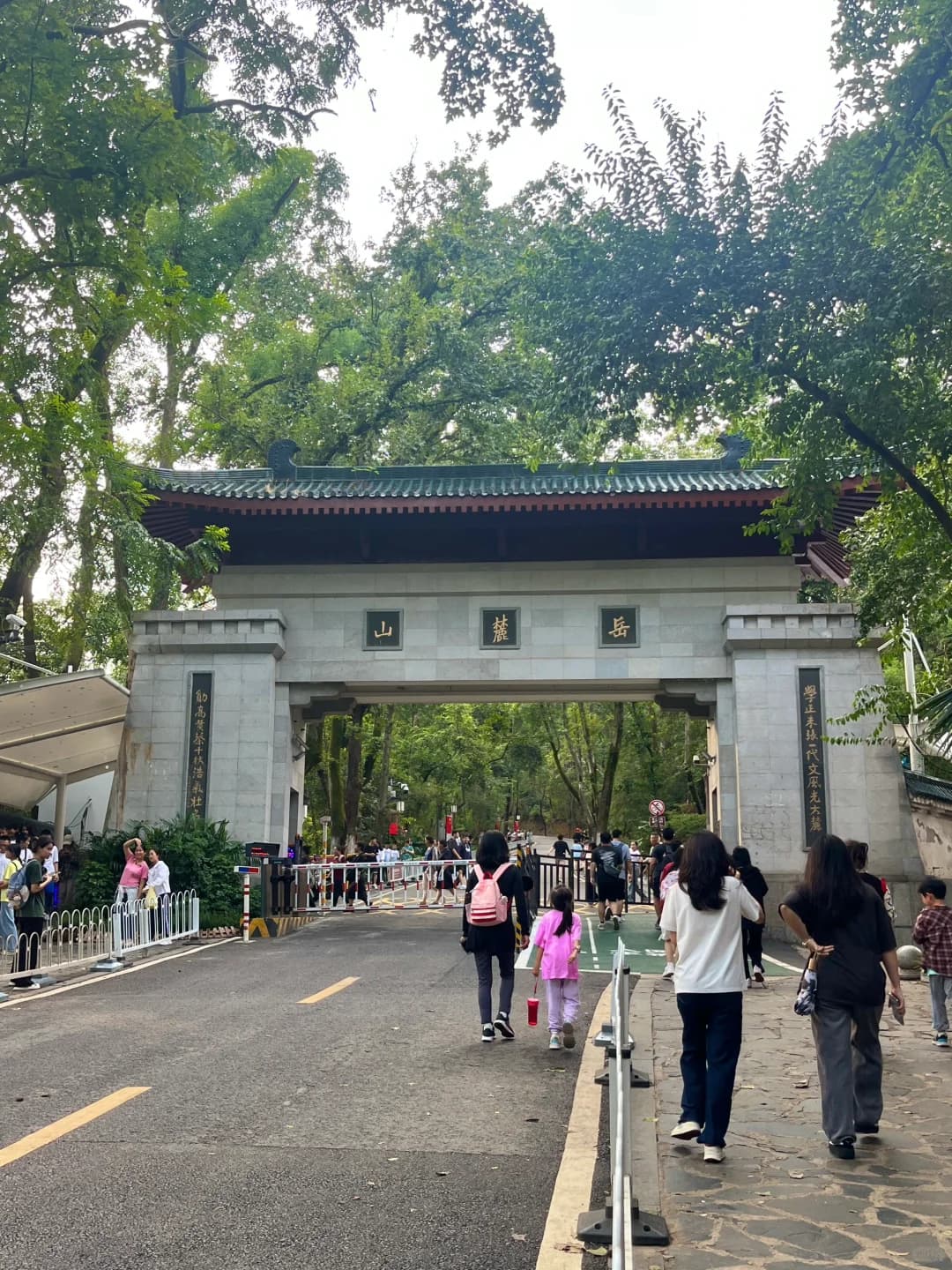
An essential guide to Yuelu Academy in Changsha, exploring its rich history, cultural significance, landmarks, and visitor tips to help you fully appreciate the allure of this millennium-old institution.
